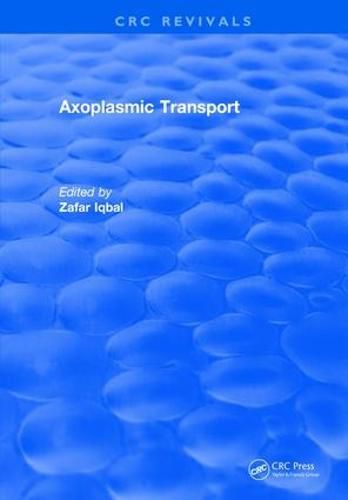Readings Newsletter
Become a Readings Member to make your shopping experience even easier.
Sign in or sign up for free!
You’re not far away from qualifying for FREE standard shipping within Australia
You’ve qualified for FREE standard shipping within Australia
The cart is loading…






Axoplasmic transport is the intracellular movement of cellular components required for the maintenance and normal physiological functioning of neuronal cells. This book provides an up to date reference for both established investigators as well as for those entering in the field.This volume describes the history and methods of the study of transport and the involvement of energy, ions, calmodulin, microtubules and other cellular components in transport. It also discusses the transport of polypeptides, lipids, nucleic acids, neutrotransmitter containing components and various other particles in nerve fibres. A significant portion of this book is devoted to axoplasmic transport, regeneration and the relevance of transport in neurotropic functions are described in the alst four chapters, followed by a discussion on the mechanism of axoplasmic transport.
$9.00 standard shipping within Australia
FREE standard shipping within Australia for orders over $100.00
Express & International shipping calculated at checkout
Axoplasmic transport is the intracellular movement of cellular components required for the maintenance and normal physiological functioning of neuronal cells. This book provides an up to date reference for both established investigators as well as for those entering in the field.This volume describes the history and methods of the study of transport and the involvement of energy, ions, calmodulin, microtubules and other cellular components in transport. It also discusses the transport of polypeptides, lipids, nucleic acids, neutrotransmitter containing components and various other particles in nerve fibres. A significant portion of this book is devoted to axoplasmic transport, regeneration and the relevance of transport in neurotropic functions are described in the alst four chapters, followed by a discussion on the mechanism of axoplasmic transport.